Choosing the Best PFD’s for Your Boat, Part 1
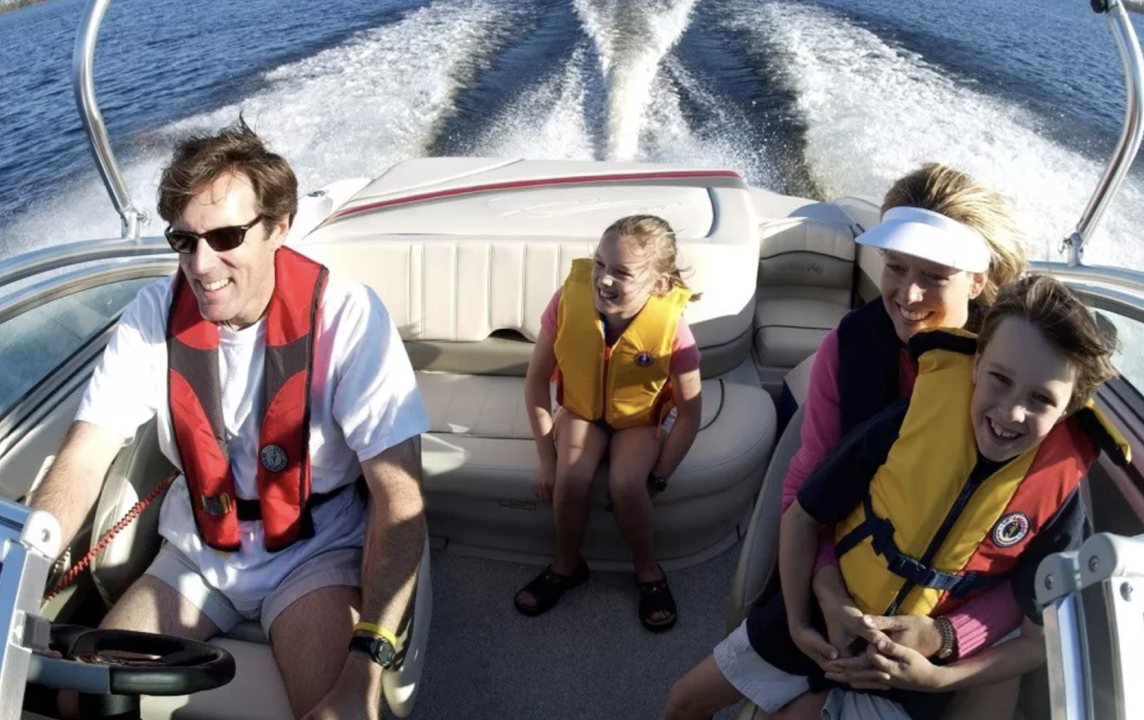
Technology has changed the entire game on personal flotation devices—PFD’s or life preservers—in the last several decades.
They’ve gone from being bulky, uncomfortable—make that unbearable in tropic weather—and unsightly to being all but invisible, and in many cases you soon forget you’re wearing the latest crop of PFD’s.
Stearns came out with lightweight life jackets with composite foam flotation in multiple colors in 1971 to start the replacement of the bulky old orange cork or kapok-filled models, and the modern inflatable PFD came along a few years later.

Not to say inflatables are “new”—the original “Mae West” was devised in 1928—but modern auto-inflatable’s are a much more recent invention, with the early models marketed by Mustang Survival and by Stearns in their Sospenders.
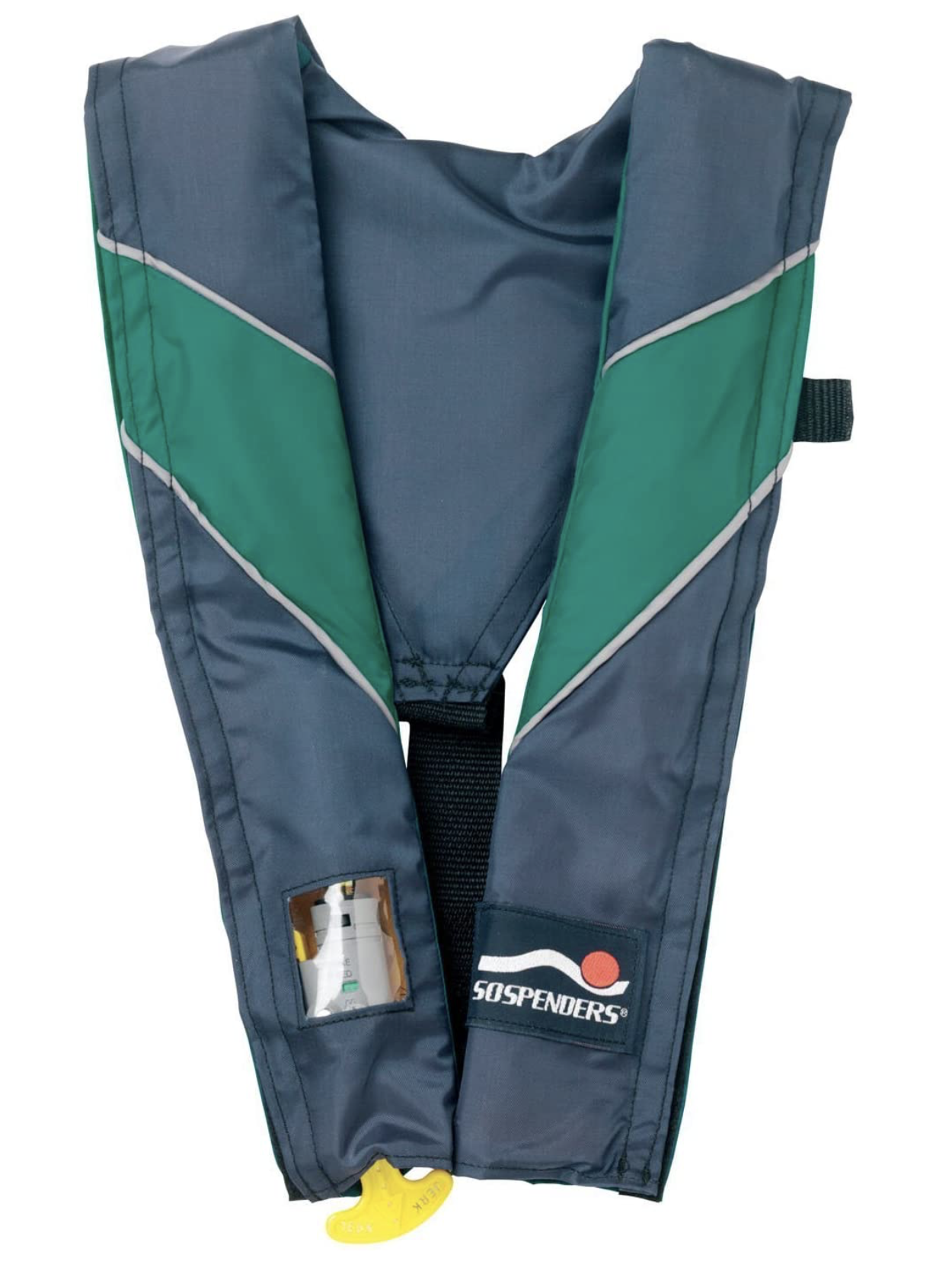
PFD’s went from required accessories stowed out of sight and out of mind to standard wear for many boaters in recent decades, particularly for those who operate high-speed powerboats as well as for those in paddle-craft and in sailboats.
Whether your family and guests will be wearing PFD’s full time on a small boat or only rarely on a larger one, remember that PFD’s are not optional on any boat operated in U.S. waters. Both USCG and state laws require you to have enough approved PFDs on your recreational boat to outfit everyone aboard.

The Right PFD’s for Your Family
These PFDs must not only be marked with a USCG approval number, but also must be the correct size for each wearer, easily accessible and in good, working condition. For each person on board, including those under the age of 13, you must have a Type I, II, III or V PFD.
Federal law requires all under 13 to wear a PFD when underway in federally-regulated waters, but some states have more lenient regulations. Florida, for example, only requires those under six years of age to wear a USCG–approved life jacket while underway on any vessel less than 26 feet in length on state waters.
The type of PFDs you will need may vary and will depend upon the type of water recreation involved, as well as the size and type of your boat. If your boat is 16 feet or longer, and is not a canoe or kayak, you also need a throwable type IV PFD.
PFD’s suitable for a weekend outing on an inland bay or river are not at all right for an open-sea crossing that will take days or weeks. (The inflatables, unfortunately, are not the ticket for serious sea-going.)
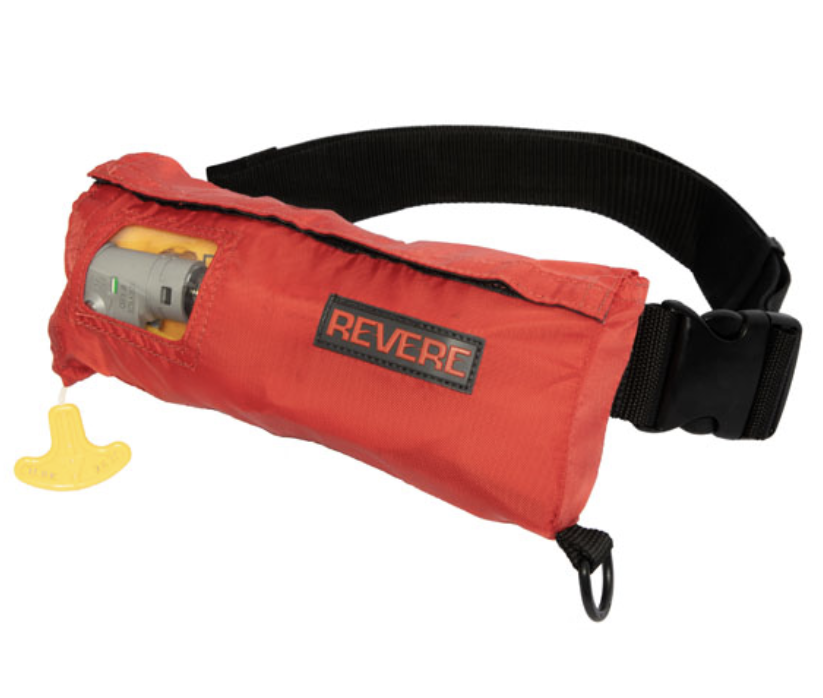
Types of PFD’s
Let’s take a look at the U.S. Coast Guard’s ratings for the various applications:
The following list explains how the USCG recommends using each type of PFD, and when they are required.

Type I PFDs — Off-shore life jackets: These are the best devices for all waters, open ocean, rough seas or remote water where rescue may be slow in coming. This type of device is also used as abandon-ship life jackets for commercial vessels and all vessels carrying passengers for hire.
Type II PFDs — Near-shore buoyant vests: For general boating activities, calm inland waters or where there is a good chance for fast rescue. A few inflatables are now rated Type II.
Type III PFDs — Flotation aids: For general boating or specialized activity that is marked on the device (such as water skiing, canoeing, kayaking, hunting etc.). These devices are best for calm inland waters or where there is a good chance for fast rescue. Most are compact and comfortable enough to be worn full-time. Some inflatables are now rated Type III.
Type IV PFDs — Throwable devices: These are designed to be thrown to persons in distress. Boat seat cushions, ring buoys and horseshoe buoys are all Type IV. These are not designed to be worn and should be supplemented by a wearable PFD.
Type V PFDs —Inflatable PFD’s are now the most common of Type V preservers. These are suitable for canoeing/kayaking, boardsailing, fishing and general powerboating in most conditions. They are the most-worn of all PFD’s because they are the most comfortable. They’re not recommended for extended offshore operation, however. They’re also not legal for PWC operation.
Also included in this classification are hybrid inflatables. Hybrid inflatables are deflated devices and can be inflated on demand. These devices can have a buoyancy of between 22 and 34 pounds.

On smaller recreational boats, it’s wise to choose a type of PFD that your family and guests will actually wear, even if your boating is mostly nearshore or in inland lakes and rivers. In an emergency, there’s often not enough time to find and put on a PFD. For children, who MUST wear PFD’s when aboard in most states, it’s critically important to choose devices the kids will be comfortable in. If not, they soon won’t want to go boating or fishing with you.
Here’s the skinny from the USCG on PFD Types: “The perfect life preserver, lifejacket, or PFD has not yet been designed. All the designs in existence today have some limitations. For example, Type I PFDs (off-shore lifejackets) have the highest buoyancy of the inherently buoyant Types, but they are not considered comfortable enough to be worn continuously. Therefore, they are frequently not being used when accidents occur, and many boaters have died that could have been saved with just part of the buoyancy in this kind of PFD.
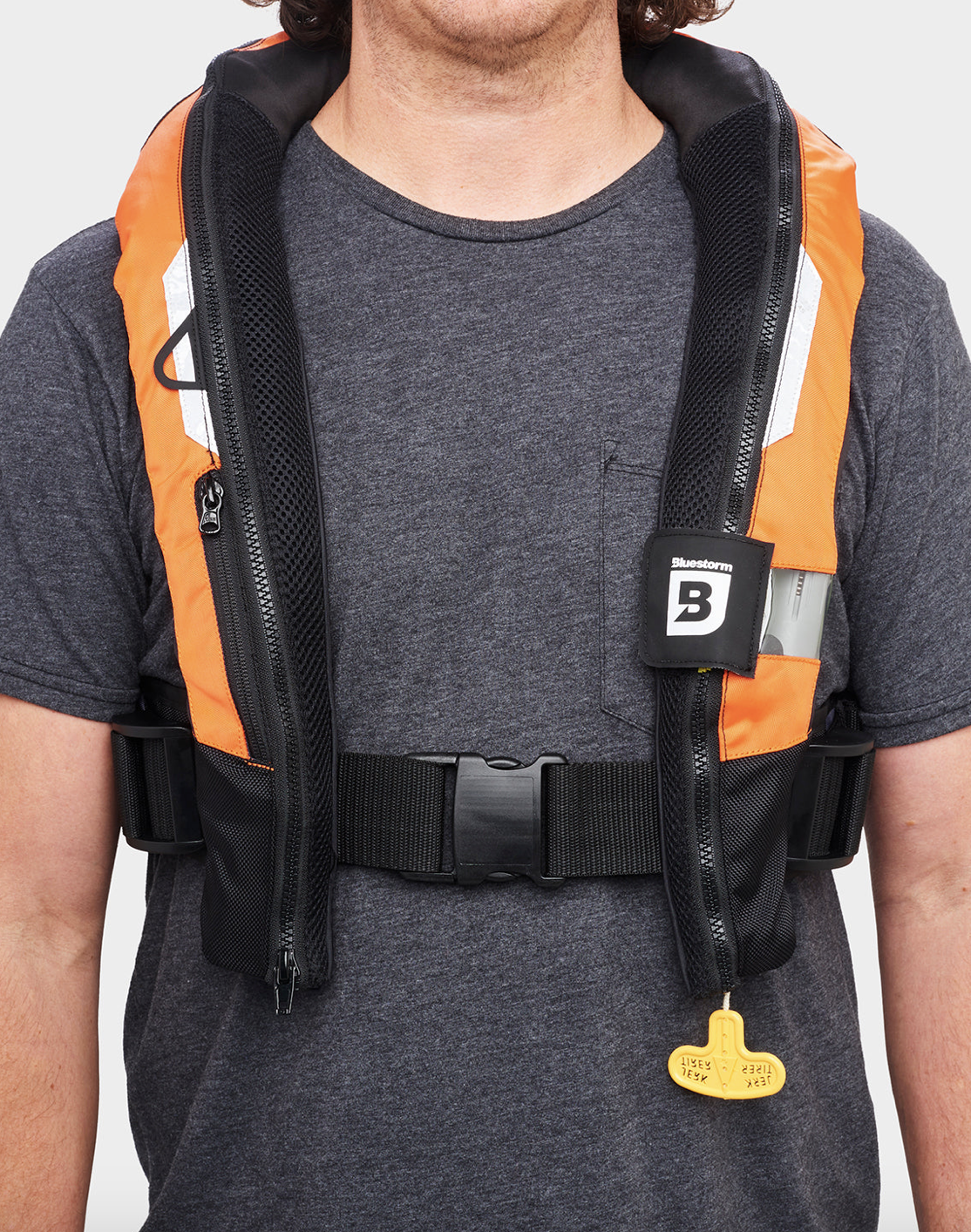
“Another example is the inflatable Type II and III PFDs. These recently approved PFDs provide the buoyancy of a Type I PFD and are comfortable to wear, but they lack the reliability and low maintenance characteristics of inherently buoyant PFDs. They also cost more. Because each style has limitations, users are given a choice of PFDs to match to their particular boating activities.
“It is unlikely that any different Type of PFD would have prevented most drownings where a PFD was used,” the Coast Guard missive concludes.
Bottom line is, ANY PFD that you have on when you go over the side is better than no PFD at all.

Women should look for female-specific cuts rather than unisex styles which accommodate larger bust lines and longer torsos with added design elements like contoured molding.
On larger boats, while PFD’s will be stowed, it’s standard practice for wise skippers to tell every guest coming aboard where they are located before leaving the dock.
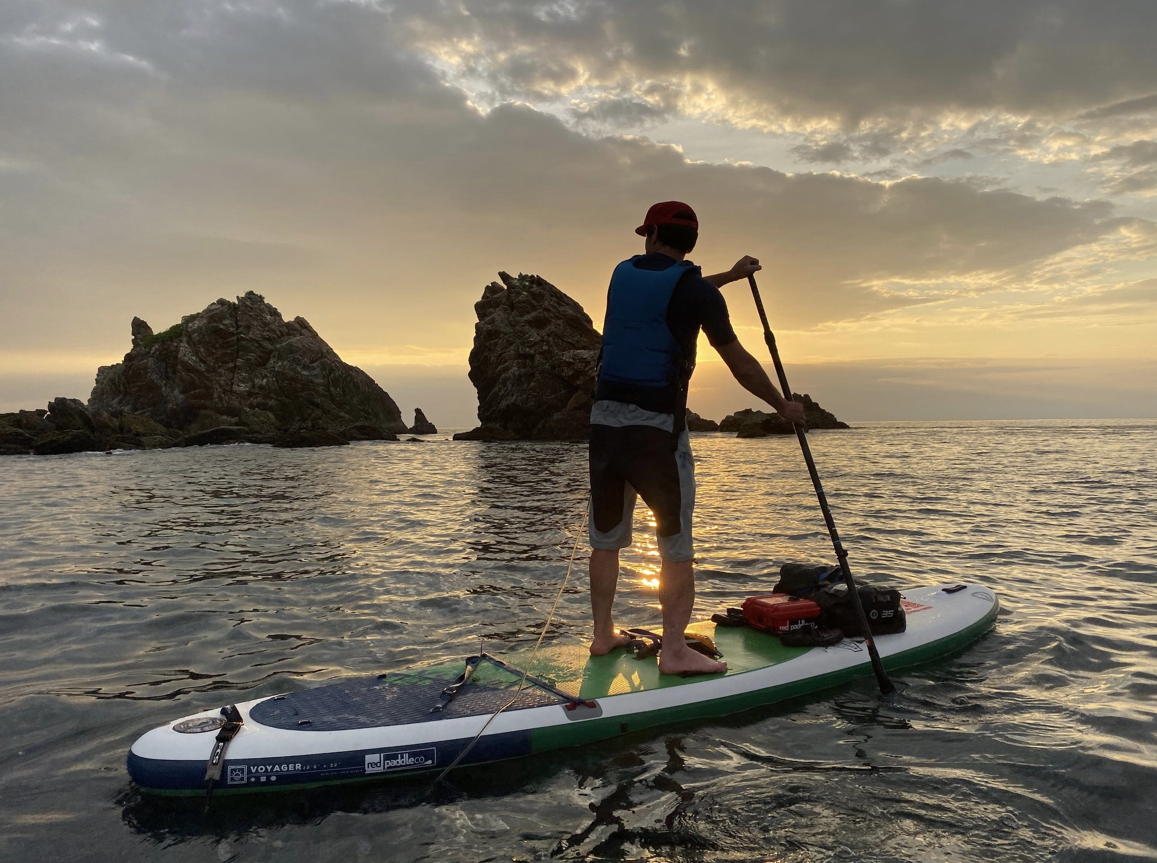
Features to Look For in a PFD
The Best Color: Many colors and patterns are available for purchase, but remember to base your choice not only on appearance, but also by keeping in mind the kind of water where you’ll cruise. Yellow and orange are highly visible and stand out in dark water and low light. Light colors refract more sunlight for cooler wear in hot weather, while dark colors absorb and retain heat, better for chilly weather.
Easy Storage: Depending on the way you intend to use your PFD, you may require storage pockets. Make sure your choice has at least enough built-in storage to accommodate items like whistles, compasses, waterproof flashlight, sunglasses and pocket knives.
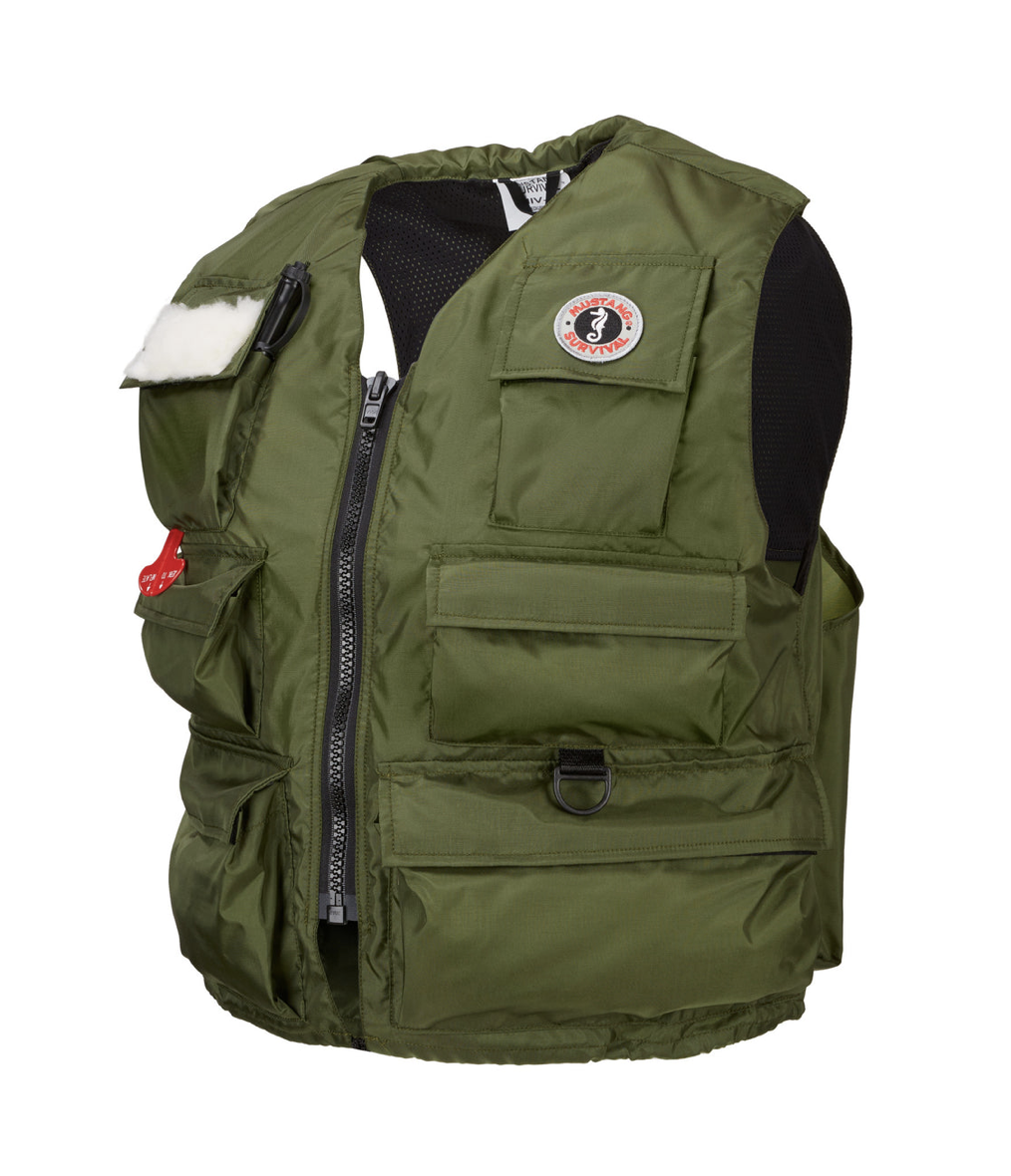
High Visibility: Reflective tape is another useful feature often seen on upgraded PFDs. The tape increases a wearer's visibility, particularly during dusk and evening hours. (It’s still a good idea to equip the vest with a small, waterproof strobe, which will give you a much better chance of rescue in low light.)
Breathability: For PFD’s that will be worn regularly mesh construction can enhance breathability and reduce sweating. This is good for warm weather boaters as well as those who engage in paddle sports.
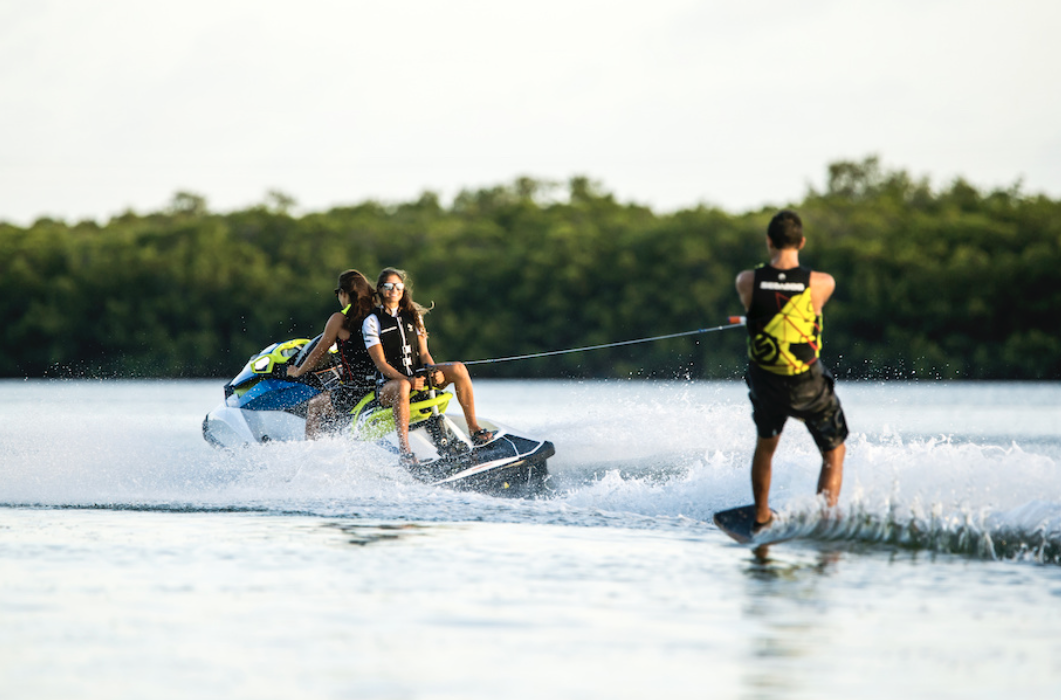
Flotation Clothing: Though this gear does not get its own classification—it qualifies as Type III—it probably should because it not only keeps you afloat indefinitely, it also keeps you warm in icy water.

The coats and pants are made of foam that both insulates from cold, acting like a wetsuit if you go into the water, and also keeps you afloat so there’s no need to wear bulky life preservers. Of course, the insulating qualities make it unsuitable for anything but northern seas and chilly weather, but for those who take on those conditions, you can’t beat this outerwear.
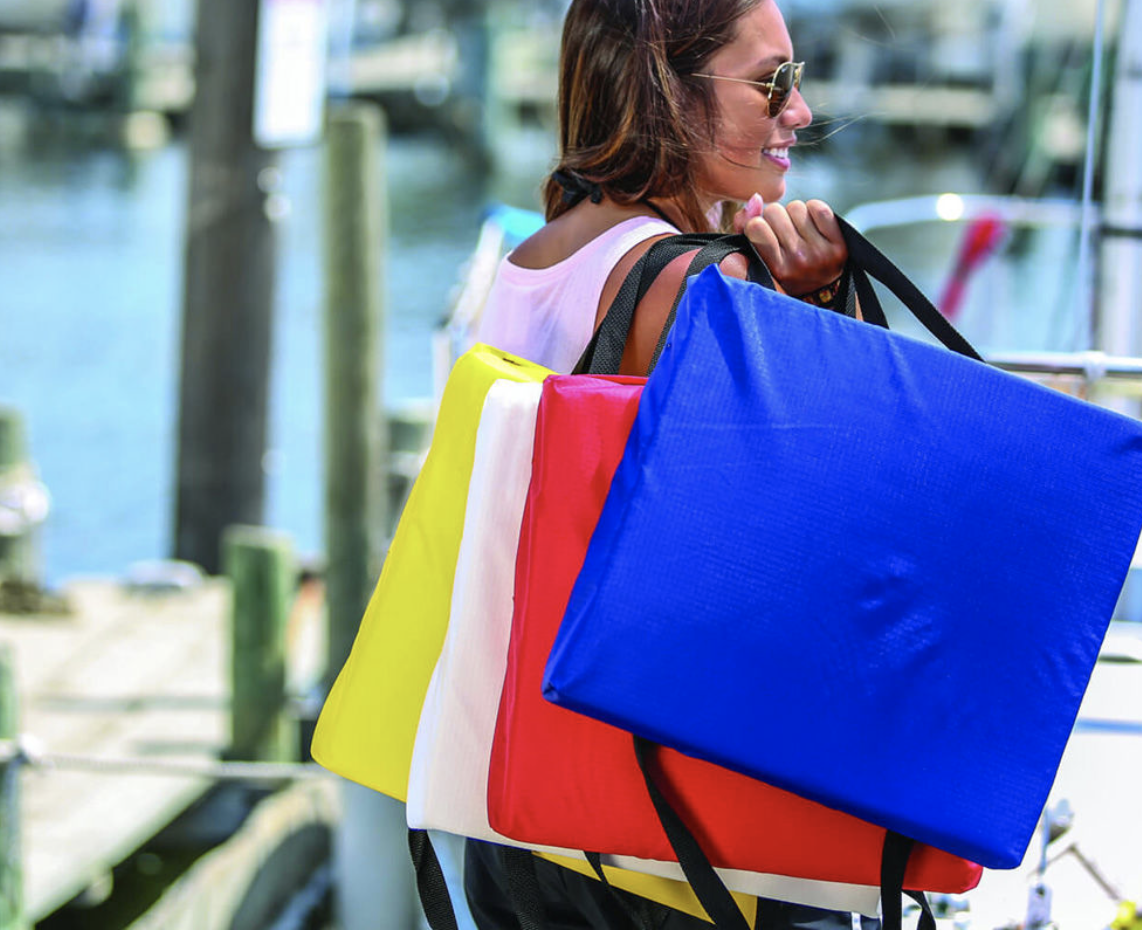
Special Considerations for Inflatable PFD's
Replaceable CO2 gas cylinders fill inflatable PFDs quickly. They can be activated manually by tugging on the attached pull-tab cord, which pierces the CO2 cartridge inside, or automatically, when the water-sensitive bobbin dissolves due to submersion and triggers the puncturing of the cylinder. This typically takes about 4 seconds, but can take up to 10 seconds in cold water—a pull on the tab can speed up the process.
Inflatable PFDs can also be filled by blowing air into the attached oral inhalation tube, expanding the bladders. Once inflated, these PFDs offer up to twice the amount of buoyancy of traditional PFDs.
It’s necessary to wear an inflatable PFD over, not under, clothing, obviously. Manual units are best for those who believe there is a realistic chance they may end up in the water, but are confident they will be able to pull the release cord when needed.
Kayakers, paddlers and fishermen may opt for manual models. On the other hand, if you want the added peace of mind that your inflatable will deploy even if you aren't able to jerk the cord, an automatic model might be a better way to go. Just remember you can hurry up the inflation process by jerking the cord.
Maintaining Inflatable PFD’s
Inflatable PFD’s can fail to inflate, especially if they are older and not well maintained. Manufacturers recommend annual replacement of the bobbin, the inflating device, to ensure that the vest will inflate when you need it. Bobbins are about $8 to $10 each.
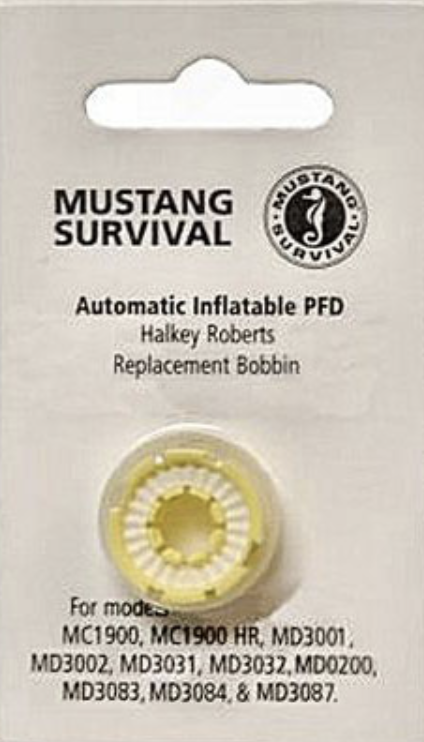
It’s also necessary to prevent inflatables from getting fully soaked, because water is likely to deteriorate the water-sensing element and cause accidental inflation. As with traditional PFDs, inflatables should be stored in dry, well-ventilated areas away from excess moisture and direct sunlight. This will keep the water-sensing element in good shape.
Once a cartridge is spent, an inflatable PFD must be rearmed by replacing the CO2 cartridge before its next use, otherwise the PFD will not be able to inflate except via the manual tube.
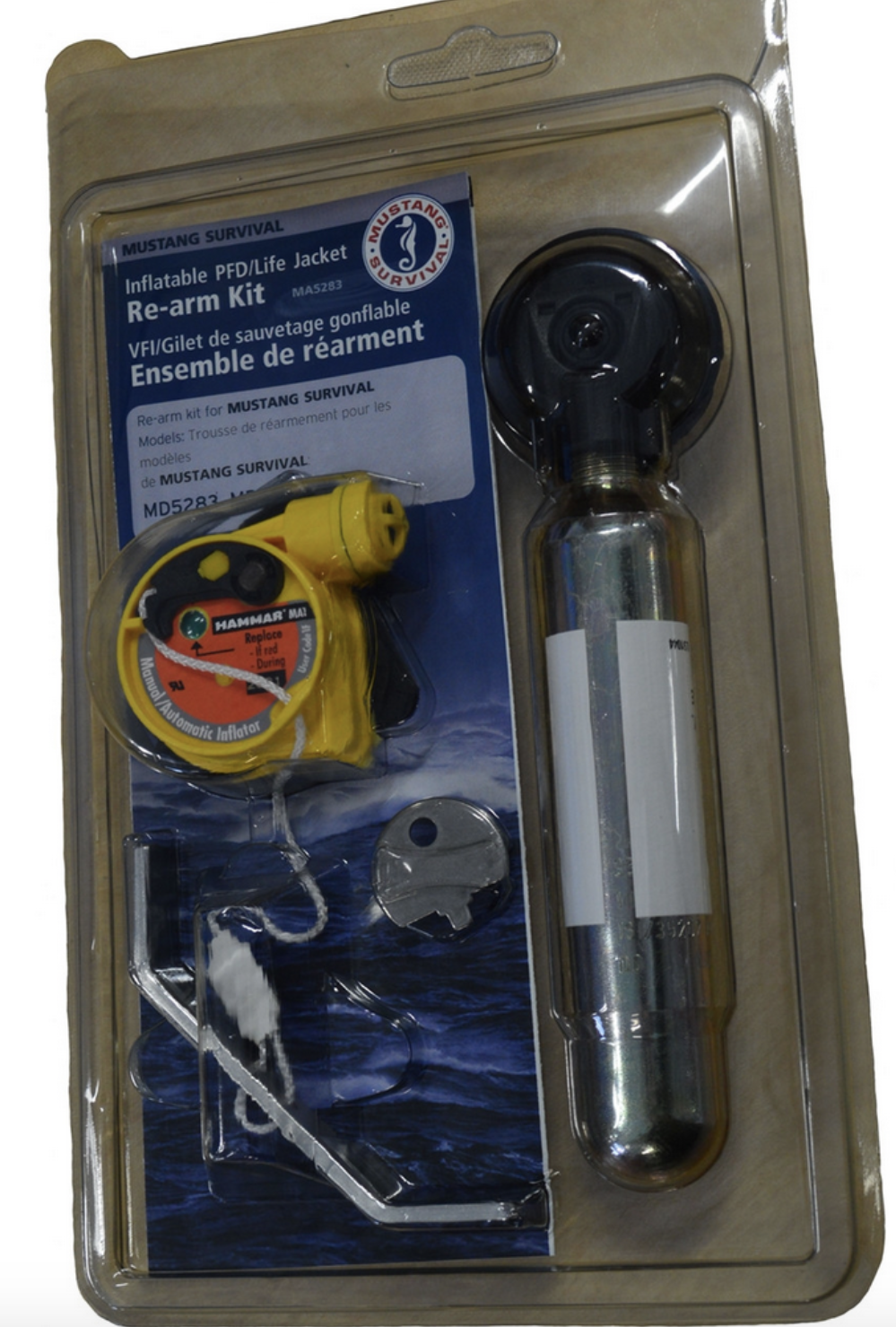
In addition to annual bobbin replacement, Mustang Survival recommends users breath-inflate the internal cavity, again through the inflation tube, and let the PFD sit overnight to check for leakage, then repack.
In Part 2, we’ll look at the right fit, PFD’s for kids and pets, PFD storage and at some of the best models currently on the market.